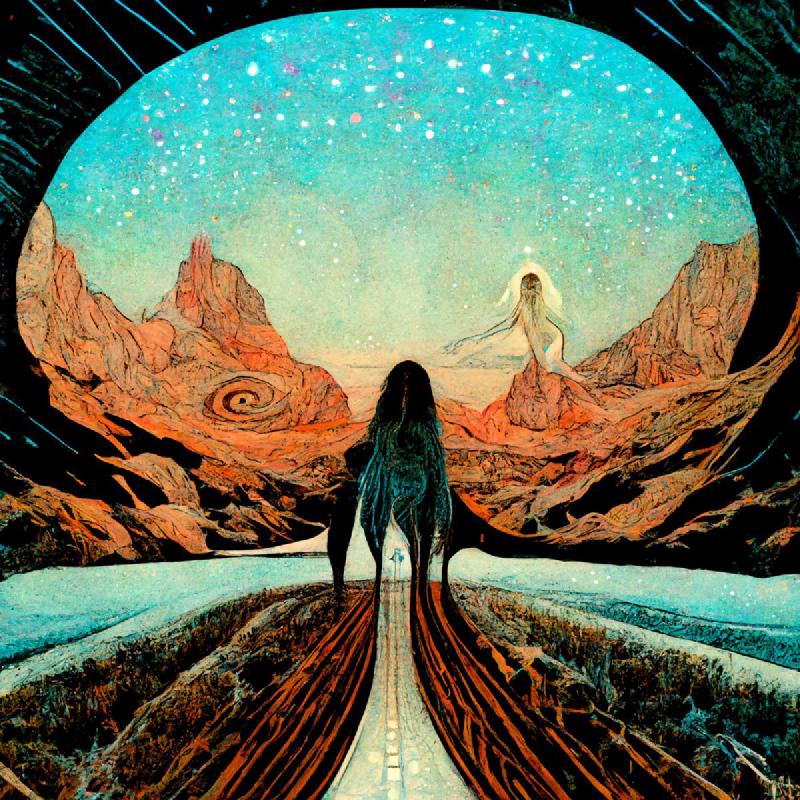The experience
I was in the E3 training program provided by super mentors from Ericsson last month. This program is designed to help employees develop their intrinsic motivation and live/work in harmony with their co-workers. It was a three-day journey full of learning, insights and fun!
One of the most interesting concepts that I learned during the training was the Johari Window. It is a technique that helps you understand yourself and others better by mapping out four areas of your personality: open, hidden, blind and unknown. I love the idea of using the Johari Window to explore different aspects of my personality and how they affect my relationships with others. It’s like having four rooms in my house that represent different parts of me. The open area is the living room where I can invite people in and share who I am openly and confidently. The hidden area is my bedroom where I keep some secrets and personal things that only I know or choose to reveal. The blind area is the aroma of my house that others can smell but I can’t. It’s the feedback and impressions that others have of me that I may not be aware of or accept. The unknown area is my attic where there are things that are hidden from both me and others. It’s the potential and possibilities that I have not discovered yet or that are waiting to be uncovered.

The goal of using the Johari Window is to expand your open area by disclosing more information about yourself and receiving feedback from others. This way, you can reduce your hidden and blind areas and discover more about your unknown potential. By doing this, you can improve your communication, trust and relationships with others.
The practice
The practice is to draw four areas on a paper that represent the four rooms of your house: the open area (living room), the hidden area (bedroom), the blind area (aroma), and the unknown area (attic). Then, step on your bedroom area and decide if you want to open your heart and answer questions from others. You can choose to share something personal or private that you usually keep to yourself, such as a fear, a dream, a hobby, or a memory. This will help you to expand your open area and reduce your hidden area.
Alternatively, you can ask others to give you honest feedback about how they perceive you or what they think of your actions or behaviors. This will help you to discover your blind area and learn something new about yourself that you may not be aware of or accept. You can also ask them to share their opinions or suggestions on how you can improve yourself or achieve your goals. This will help you to explore your unknown area and uncover your potential and possibilities.
The “bring-home”
I found this idea very useful because it made me realize how much I can learn from other people’s perspectives and how much I can share with them to create a deeper connection. I also realized that there are many aspects of myself that I’m not aware of or that I haven’t explored yet.
If you want to try this technique for yourself, you can use this online tool that allows you to choose some adjectives that describe you and then ask your friends or colleagues to do the same. Or, just use the same practice I described. You will see a grid that shows how much overlap or difference there is between your self-image and their perception of you.
And, of course, the book
Should we read more about this idea, together? I found this book interesting.
[1] Image cover from twitter
[2]Amazing image from Night Cafe Studio
